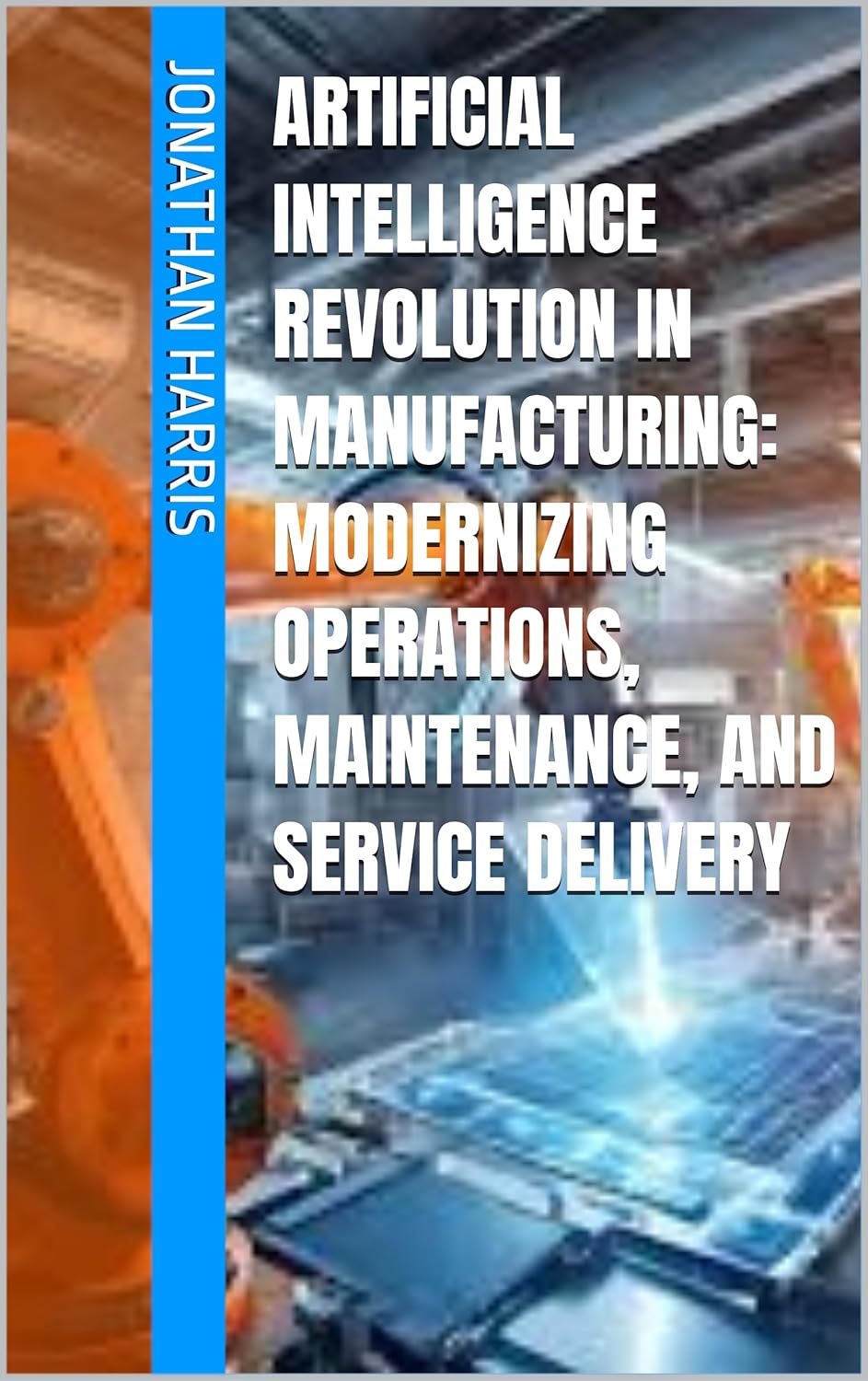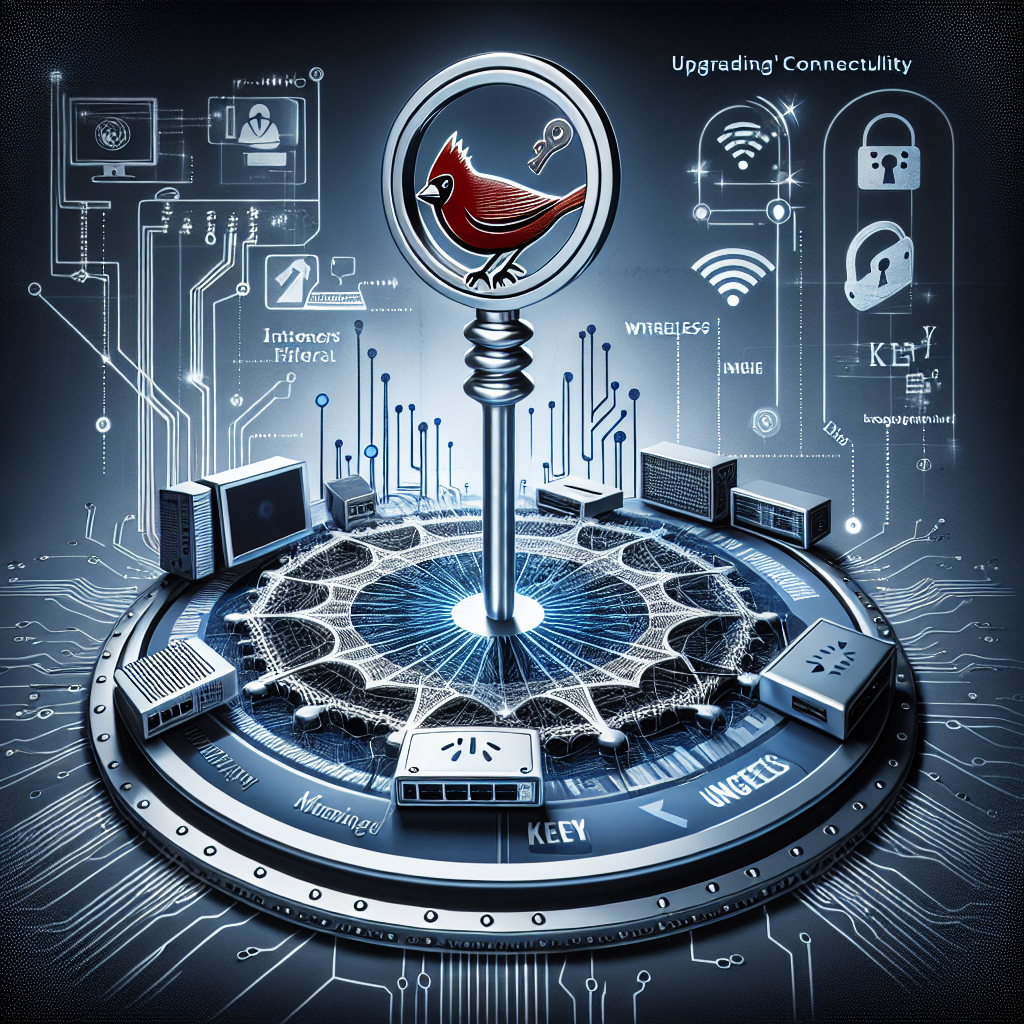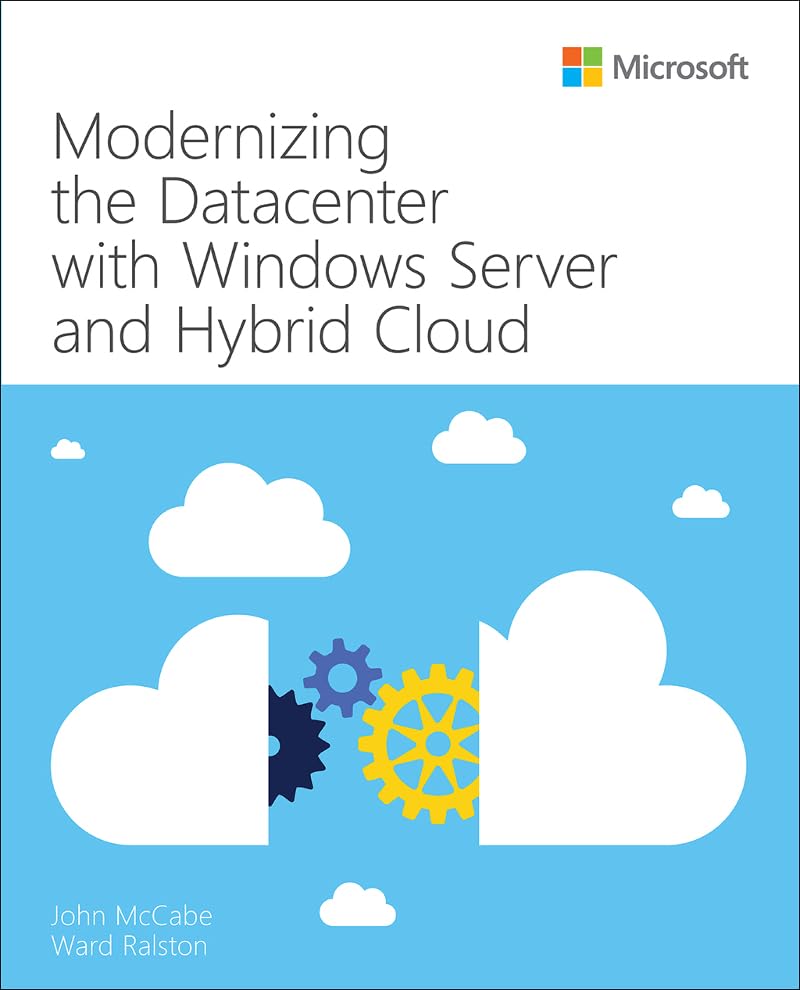Technology has revolutionized every aspect of our lives, and the help desk support industry is no exception. With the rapid advancements in technology, help desk support has been modernized to provide faster, more efficient, and personalized assistance to customers.
One of the key roles of technology in modernizing help desk support is automation. Automation tools such as chatbots, self-service portals, and ticketing systems have made it easier for customers to get the help they need quickly and efficiently. Chatbots, for example, can provide instant responses to common customer queries, freeing up help desk agents to focus on more complex issues.
Another important role of technology in modernizing help desk support is data analytics. By analyzing customer data and feedback, help desk support teams can identify trends, common issues, and areas for improvement. This allows them to proactively address customer concerns and provide better overall support.
Additionally, technology has enabled help desk support teams to offer more personalized assistance to customers. By using customer relationship management (CRM) systems and other tools, help desk agents can access information about a customer’s history, preferences, and previous interactions. This allows them to tailor their support to the individual needs of each customer, leading to higher levels of satisfaction and loyalty.
Furthermore, technology has also made it easier for help desk support teams to collaborate and communicate with each other. Tools such as collaboration platforms, video conferencing, and remote desktop support have enabled teams to work together more effectively, even if they are located in different parts of the world.
In conclusion, technology plays a crucial role in modernizing help desk support by enabling automation, data analytics, personalized assistance, and improved communication. As technology continues to advance, help desk support will only become more efficient and effective in meeting the needs of customers.











